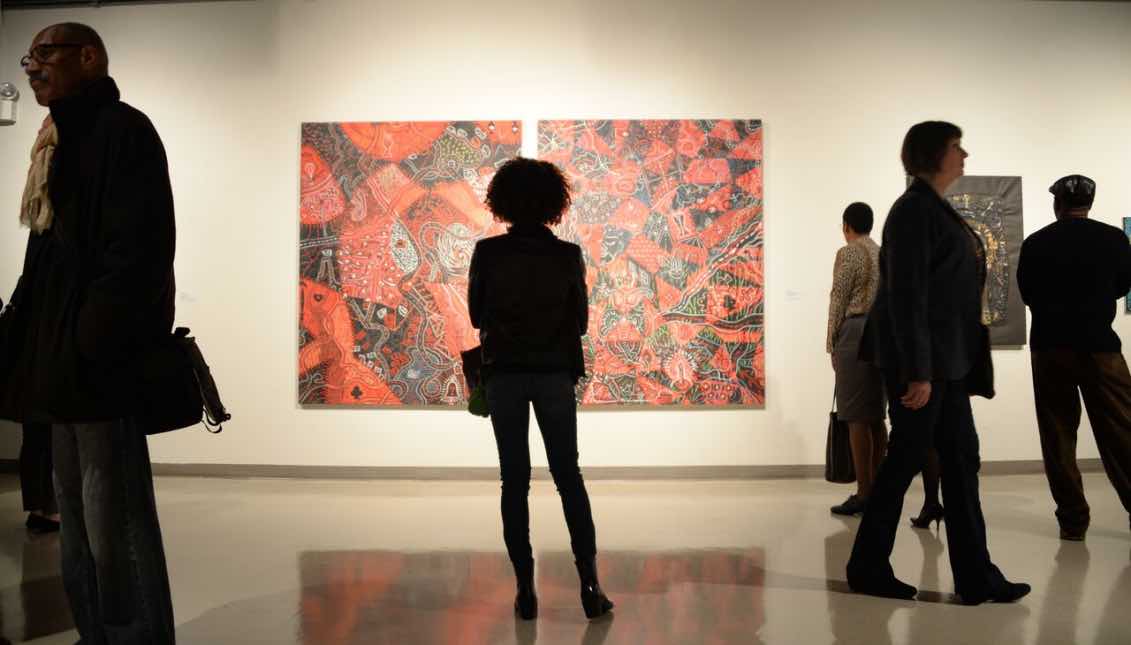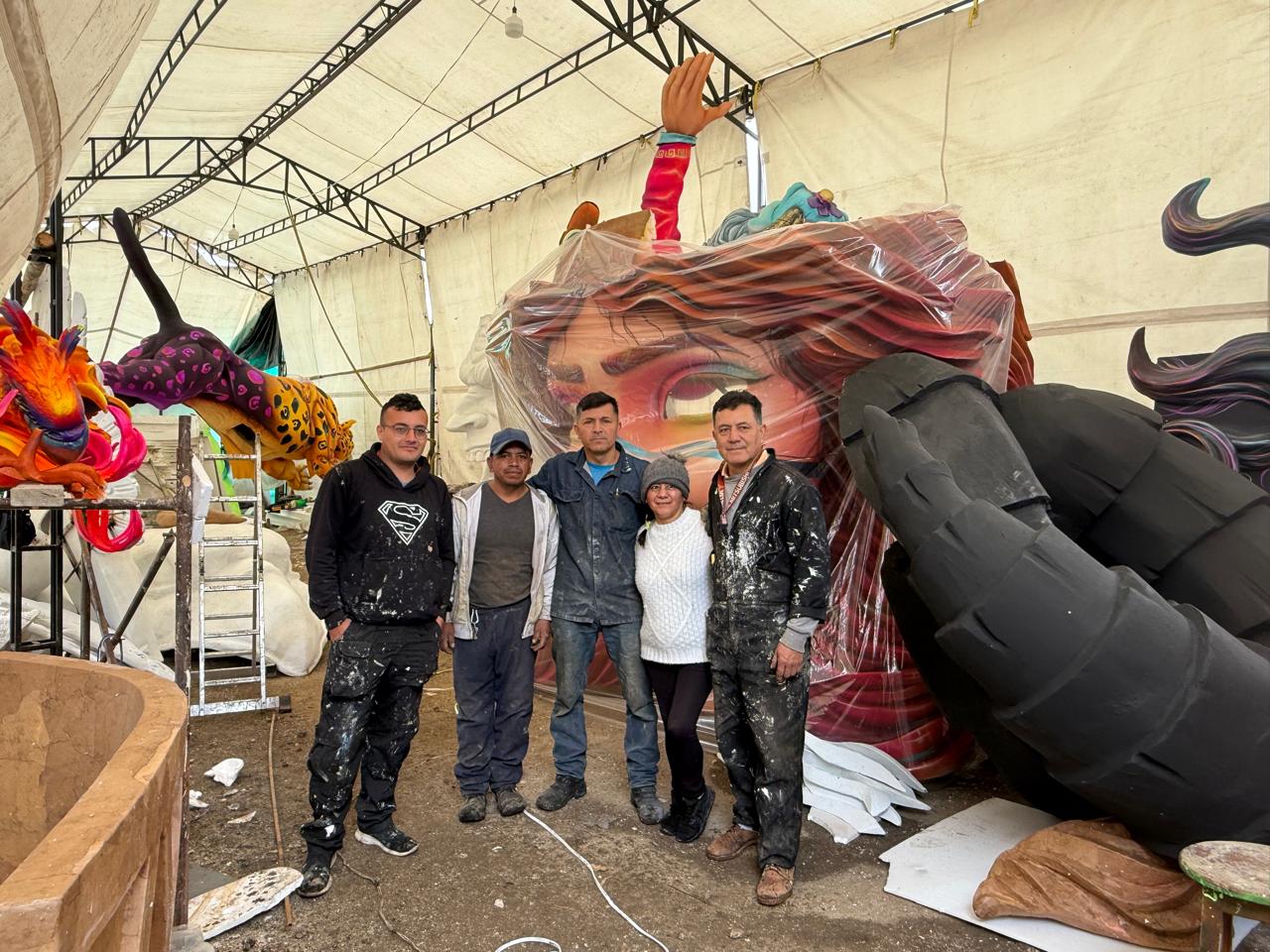
‘Drapetomanía’ and the erasure of Afro-Cuban art
As part of Black History Month, the African American Museum in Philadelphia premiered the exhibit “Drapetomanía: Grupo Antillano and the Art of Afro-Cuba.”
As part of Black History Month, the African American Museum in Philadelphia premiered the exhibit "Drapetomanía: Grupo Antillano and the Art of Afro-Cuba."
Curated by historian Alejandro de la Fuente, “Drapetomanía” is a tribute to Grupo Antillano (1978-1983), a forgotten visual arts and cultural movement that privileged the importance of African and Afro-Caribbean influences in the formation of the Cuban nation.
"What is unusual about this group of artists is that even though they maintained a high level of exposition between 1979 and 1983, they do not appear and are not registered in any of the books of the so-called new Cuban art. It’s a group that once was very successful but then was simply erased from the history of Cuban art," de la Fuente told AL DÍA News.

The exhibit aims to rescue the memory of these artists that viewed Africa and the surrounding Caribbean as a vibrant, ongoing influence that continued to define what it means to be Cuban.
"The message of Grupo Antillano is precisely that cultures in our lands can not be understood without Africa,” de la Fuente said. “Africa is not just an origin, it's not just a root. It’s part of our living culture and part of what we are today, not only of who we were 300 years ago.”

The title of the exhibit, “Drapetomania,” makes reference to an alleged disease described in the mid-nineteenth century by a slave physician in the plantations of Louisiana. From the Greek drapetes (escape, run away) and mania (disorder, mental illness), the main symptom of this disease was the slaves' irrepressible and pathological urge to flee and to be free.
The curator also talked about an element of silence and omission related to the artistic movement in Cuba.

"There is some association between Black and not valuable, many art critics and historians did not consider these works as a true art. They saw it as lesser forms of artistic production, too attached to the traditional, too attached to the African element," de la Fuente said. "That of course is not only an elitist conception, it is also a racist conception of culture."
Besides highlighting an important part of Cuban art, the curator hopes the exhibition will shed light on the ongoing conflict in issues such as race, identity and culture. "Through spaces such as the African American Museum in Philadelphia, cultural forms gain value and visibility that might otherwise be silenced."
.










LEAVE A COMMENT: